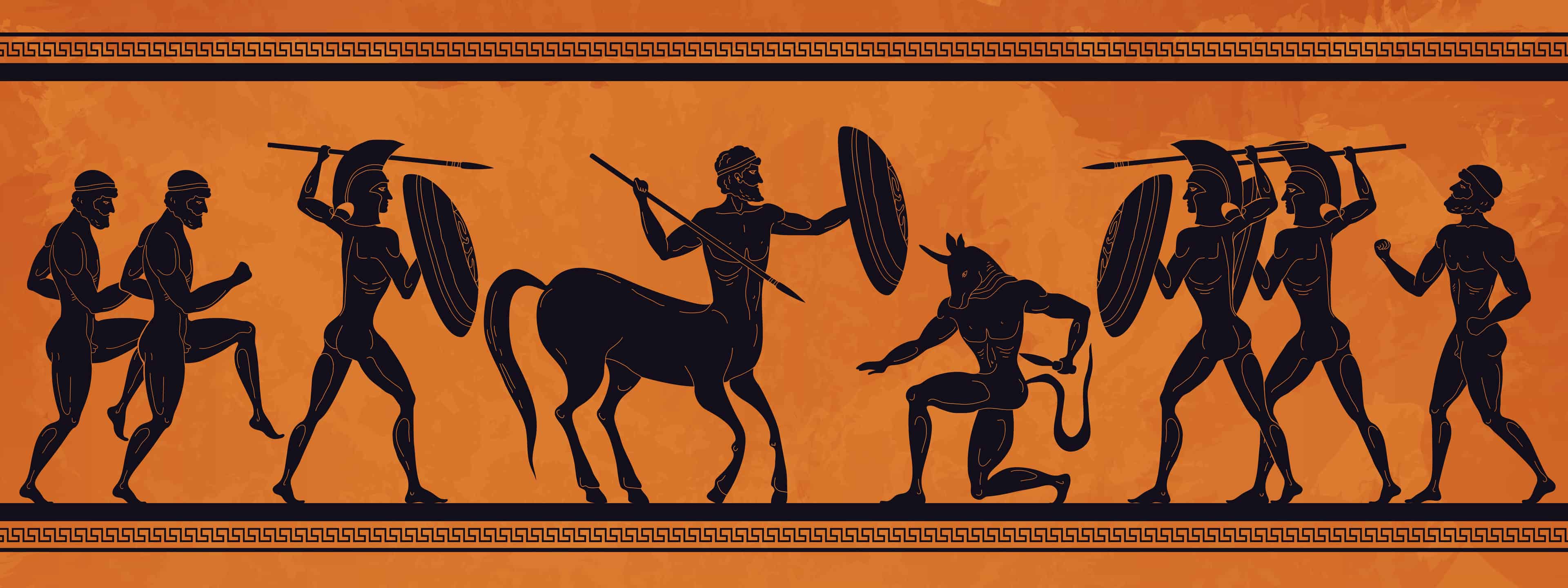When it comes to establishing the age of a city, especially a capital, historians and archaeologists must perform a delicate dance of science, history, and cultural interpretation. We peel back the layers of time to understand what makes a city “old.” We then embark on a tour of the world’s oldest capitals. The histories of each place are intermingled with architectural marvels, cultural insights, and intriguing truths.

Defining Old Capital Cities
The concept of a city as a center for human interaction and progress, has long piqued the interest of researchers, historians, and urban planners alike. Cities have played key roles in defining human history and civilization, whether they are busy economic metropolises or politically driven capitals. Yet, defining what constitutes a city or an urban area is not a straightforward task. Different countries and organizations employ varying criteria, such as population density or infrastructure development, resulting in a complex landscape that resists concise summarization.
As we embark on the quest to discover the age of the oldest capital cities and understand what drives them, we must recognize that these cities consist of more than just bricks and mortar. They are living organisms that have altered, evolved, and blossomed over time. Our exploration will be guided by the following characteristics, which will help us comprehend the history, culture, resilience, and utility that distinguish these locations. From archaeological evidence to cultural continuity, these criteria give a full, multifaceted picture of what makes a capital city “old.”
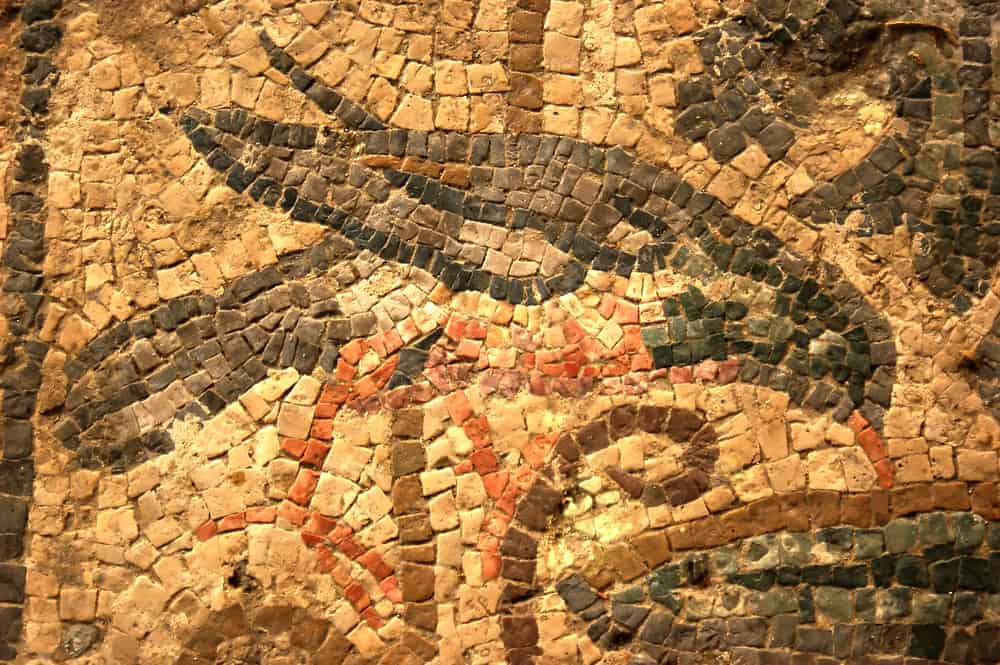
When we date cities to their roots, we are rebuilding their history and reconstructing their stories. This ancient Roman mosaic most likely depicts Aesop’s fable of the bird dropping stones in the pitcher to drink.
©mountainpix/Shutterstock.com
Criteria for Evaluating Old Cities
Founding Date
The founding date is the date when the city was first known as a place where people lived. It marks a clear point in time, like a person’s birthday. But be careful: this date might not tell the whole story of how long a city has been around or how long it has been a capital. For instance, towns have been left behind, rebuilt, or given new names, so this criterion is more of a starting point than a final answer.
Continuous Habitation
This is like the heartbeat of the city. How long has life there gone on without stopping? A city settled for hundreds or even thousands of years demonstrates strength and durability. It represents a place where people’s needs have been satisfied through wars, famines, and natural disasters.
Length of Time as a Capital
Some cities have been political stars for a long time, serving as the capitals of empires and states. Others have been in the news for a short time. The length of time a city is a capital shows how important it is politically and can be as unpredictable as the tide, changing as countries rise and fall.
Importance in History
This is the rich tapestry of a city’s life, woven together by threads of significant historical events, cultural trends, and the building of great empires. This criterion adds depth and color to the city’s story, from Athens’ intellectual heritage to the glory of the Roman Empire.
Archaeological Evidence
This is like the detective work of history. It’s about determining what happened in a location’s past through studying ruins, artifacts, and historical documents. Claims concerning age and historical significance are more likely to be correct when there is concrete evidence.
Cultural Continuity
A city’s soul may lie in the customs, institutions, and cultural practices that it keeps up over time. This continual relationship between the past and the present is what distinguishes a city and demonstrates that it retains ties to its beginnings.
Functionality
This is the city as a living organism, with a government center as its heart, trade as its veins, and a religious or cultural center as its brain. The way a city works gives it its past life, making it an important part of human civilization.
Integrity of Historical Sites

Dara, a stronghold city, was one of the most important settlements in Mesopotamia, though it never served as a capital.
©Resul Muslu/Shutterstock.com
A city’s old statues and buildings are like the wrinkles and scars of an old sage; they show what happened in the past. Their protection gives a real, almost touchable link to the past, which adds credibility to the story of the city.
Adaptation and Change
Finally, the city’s ability to change and adapt while keeping its core qualities shows that it is both modern and old. It shows how a city can change with the times without losing its core, like an old tree that grows new leaves.
By putting these lines together, you can get a clear picture of what it means for a capital city to be “old.” Based on these criteria, our ancient capitals that have persisted and evolved with the times, often thriving both in spite of and because of their ancient lineage, are listed below.
The 11 Oldest Capital Cities in the World
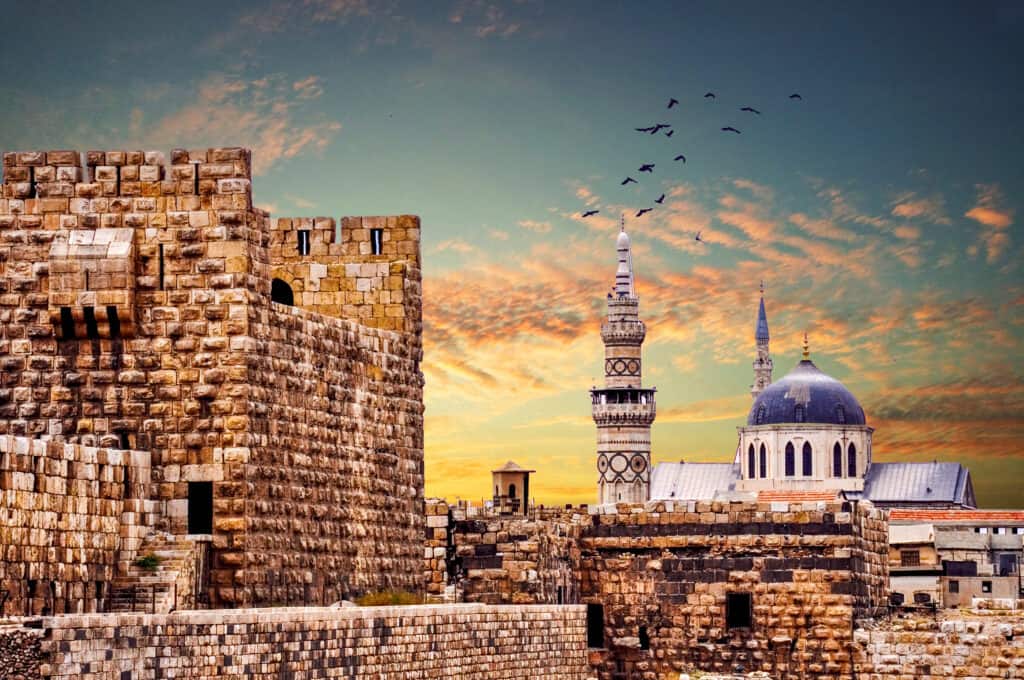
Damascus, Syria, is one of the oldest cities in the world.
©Mahmod5cy/Shutterstock.com
1. Damascus, Syria: The Timeless Crossroads
Founding Date
Established around 10,000 to 8,000 BCE based on archaeological evidence. More established documentation attests to more city-like habitation around 3,000 BCE.
Historical Significance
Known as one of the oldest continuously inhabited cities, Damascus has been a cultural and commercial center for over 4,000 years.
Architectural Marvels
The Umayyad Mosque, an architectural masterpiece, stands as a symbol of Islamic heritage.
Cultural Insights
Damascus’s Old City, a UNESCO World Heritage Site, showcases a blend of Roman, Christian, and Islamic influences.
Interesting Fact
The name of the city, Damascus, has ancient origins, deriving from a word that means “a well-watered place.” This etymology reflects the city’s historical importance as a lush oasis in the region, a symbol of life and sustenance in a challenging landscape.
2. Athens, Greece: The Cradle of Wisdom

Athens, Greece, is one of the oldest and most iconic cities in the world.
©Sven Hansche/Shutterstock.com
Historical Significance
Founded in 3,000 BCE, Athens is known as the birthplace of democracy. It played a pivotal role in shaping Western philosophy and the arts.
Architectural Marvels
The Acropolis, with the Parthenon temple, is a symbol of ancient Greek civilization.
Cultural Insights
Athens’s vibrant street art scene reflects modern creativity within a historical context.
Interesting Fact
The city is named after Athena, the goddess of knowledge, who won the city’s favor by bestowing the olive tree on its inhabitants.
3. Jerusalem, Israel/Palestine: The Sacred Heart

View of the city of Jerusalem, Temple Mount, and Dome of the Rock from the top of the Jerusalem Citadel, or Tower of David.
©iStock.com/LindaJohnsonbaugh
Historical Significance
Founded between 3,000 and 2,000 BCE, Jerusalem’s Old City is home to significant religious sites like the Western Wall, Church of the Holy Sepulchre, and Al-Aqsa Mosque. It should be noted that both Palestine and Israel consider the city their capital, while most of the international community treats it as an international territory still under negotiation per UN Resolution 181.
Architectural Marvels
The Dome of the Rock, with its golden dome, is an iconic landmark.
Cultural Insights
Jerusalem’s complex history has shaped a city with diverse cultural traditions and festivals.
Interesting Fact
The city has been destroyed twice, besieged 23 times, attacked 52 times, and captured and recaptured 44 times.
4. Beirut, Lebanon: The Middle East’s Paris
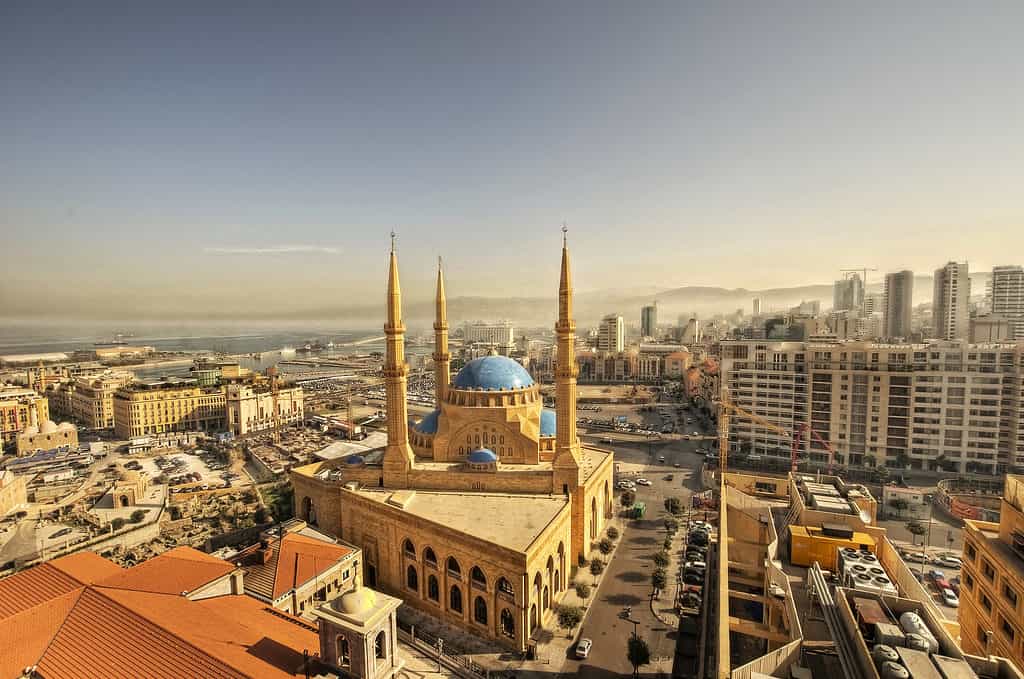
Beirut’s downtown cityscape and the Mohammad al amin mosque.
©iStock.com/ramzihachicho
Historical Significance
Beirut’s history spans over 5,000 years (to 3,000 BCE), and it has been under Roman, Byzantine, Arab, and French rule.
Architectural Marvels
The Roman Baths and the Mohammad Al-Amin Mosque showcase the city’s architectural diversity.
Cultural Insights
Known for its vibrant nightlife and culinary scene, Beirut is a fusion of East and West.
Interesting Fact
The name of the city derives from the Canaanite-Phoenician word “be’erot,” meaning “wells.” This name emphasizes the city’s connection to the underground water table, an essential aspect that has likely contributed to its historic significance and sustainability.
5. Lisbon, Portugal: The Explorer’s Gateway
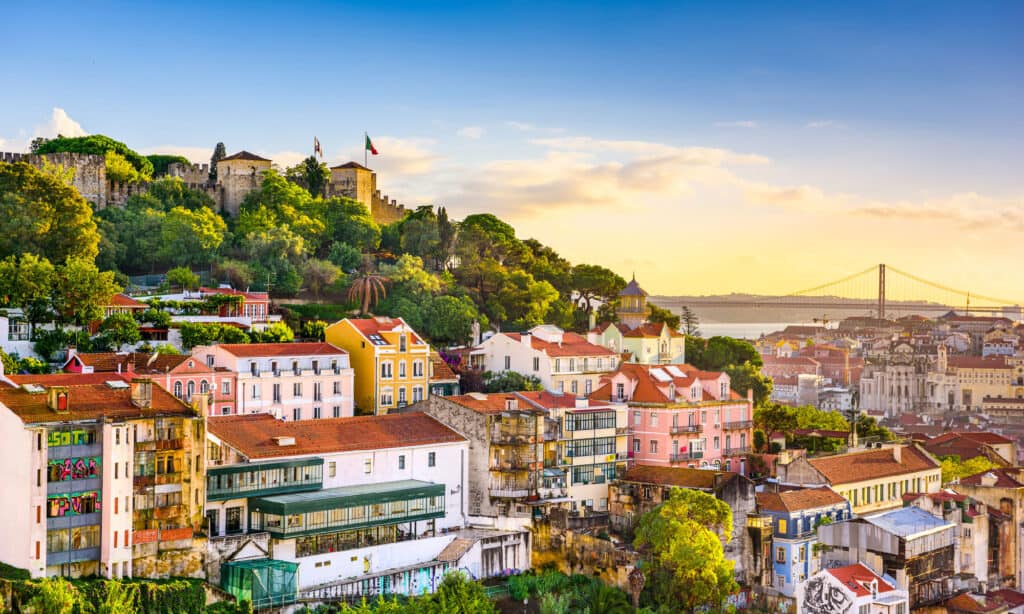
Little known is Lisbon’s adoration of ravens, the birds that accompanied the city’s patron saint’s remains during the journey from Sagres to Lisbon.
©iStock.com/SeanPavonePhoto
Founding Date
Around 1200 BCE.
Historical Significance
Lisbon, one of Western Europe’s oldest cities, has long been a maritime and exploratory hub, undertaking several journeys during the Age of Discovery.
Architectural Marvels
The Jerónimos Monastery and Belém Tower are examples of Manueline architecture, a unique Portuguese style.
Cultural Insights
Lisbon’s Fado music, tram rides, and vibrant neighborhoods like Alfama reflect the city’s maritime charm and cultural richness.
Interesting Fact
Lisbon survived a catastrophic earthquake in 1755, leading to innovative urban planning and construction that influenced European architecture.
6. Beijing, China: The Imperial Dragon
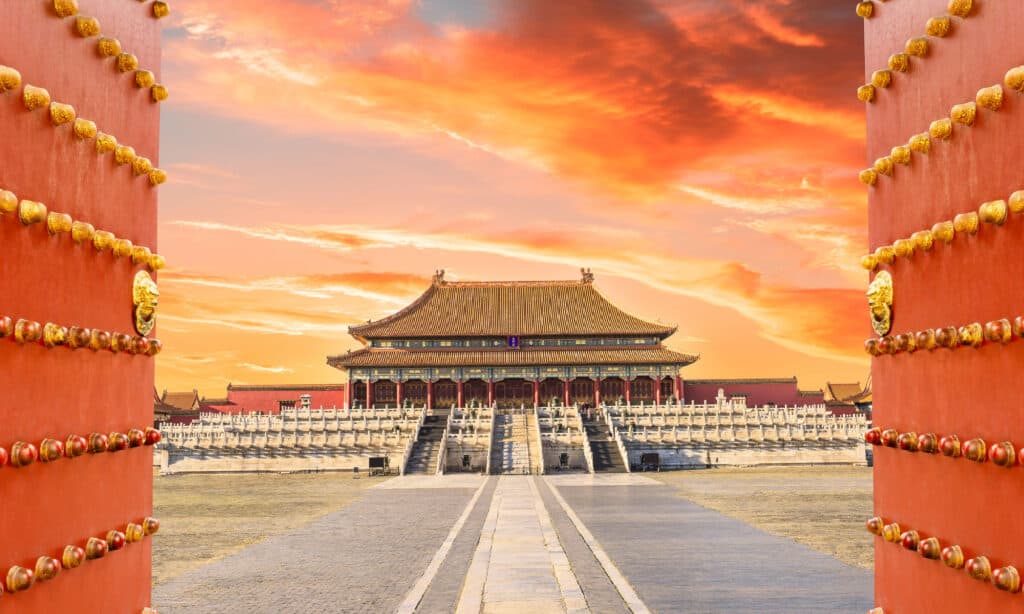
The Forbidden City, the world’s largest imperial palace, takes up an area of 720,000 square meters, which is roughly the size of New York City’s Central Park.
©iStock.com/zhaojiankang
Founding Date
Established around the 1100s BCE.
Historical Significance
Beijing has been the cultural and political center for various Chinese dynasties, such as the Ming and Qing, and the seat of Communist rule.
Architectural Marvels
The Forbidden City, a UNESCO World Heritage Site, is a vast palace complex that housed Chinese emperors.
Cultural Insights
Beijing’s traditional Peking Opera, art, and cuisine reflect the rich heritage of Chinese culture.
Interesting Fact
The Great Wall of China, a symbol of China’s historical strength, can be visited from Beijing.
7. Yerevan, Armenia: The Mountain Sentinel

Mountain Ararat and city Yerevan, Armenia.
©iStock.com/marlenka
Historical Significance
Yerevan’s history dates to 800 BCE, and it has a rich cultural heritage.
Architectural Marvels
The Cascade Complex offers a blend of modern art and architecture.
Cultural Insights
Yerevan’s museums and galleries showcase Armenian art, history, and literature.
Interesting Fact
Mount Ararat, considered a national symbol, is visible from many parts of the city.
8. Rome, Italy: The Eternal Empire
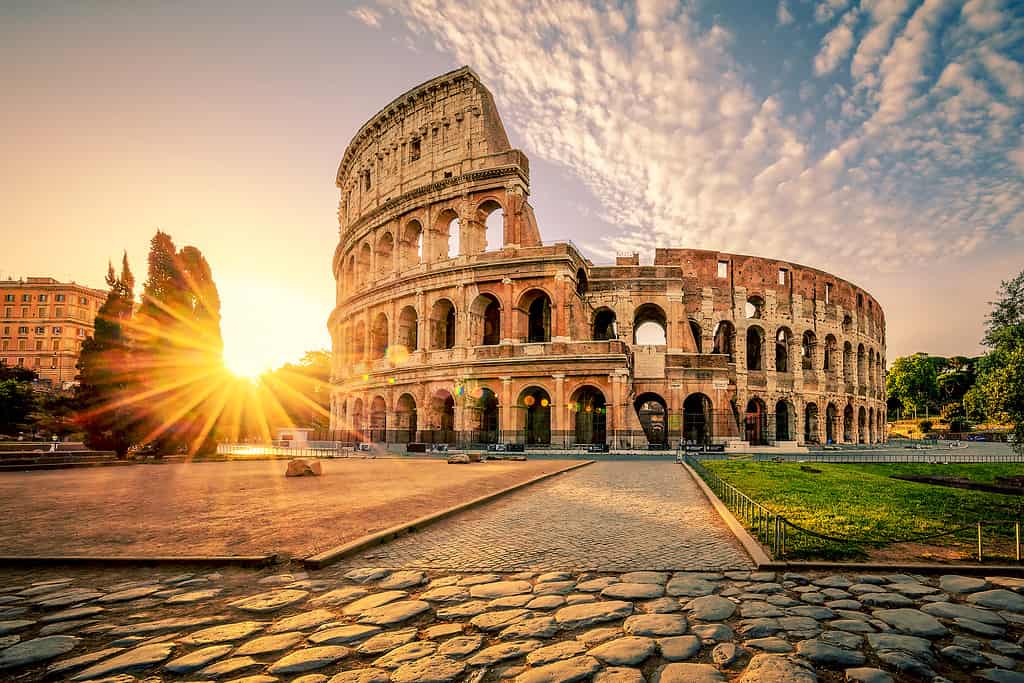
Colosseum In Rome at sunrise. Like the city itself, the Colosseum wasn’t built in a day.
©prochasson frederic/Shutterstock.com
Historical Significance
Founded in 753 BCE, Rome was the heart of the Roman Empire, which shaped European history for centuries.
Architectural Marvels
The Colosseum, Pantheon, and St. Peter’s Basilica are iconic structures.
Cultural Insights
Rome’s art, fashion, and culinary traditions continue to influence global culture.
Interesting Fact
Rome, famously known as the “City of Seven Hills,” owes this nickname to its unique geographical landscape. The seven hills are Aventine, Caelian, Capitoline, Esquiline, Palatine, Quirinal, and Viminal. They have played a pivotal role in the city’s history and culture, symbolizing both the diversity and unity of one of the world’s most ancient urban centers.
9. Delhi, India: The Heart of Many Empires
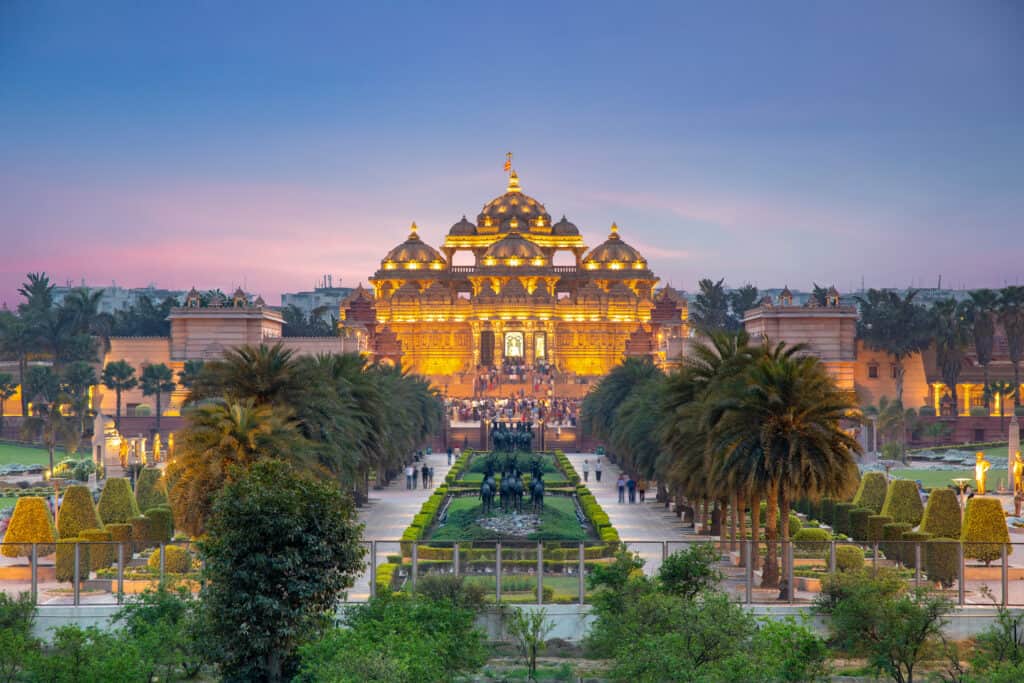
Akshardham Temple, a Hindi temple in Delhi, serves as a cultural and spiritual center.
©iStock.com/Sean3810
Founding Date
Delhi’s history dates to at least the 6th century BCE, and it has been continuously inhabited since ancient times.
Historical Significance
Serving as the capital of various empires, including the Delhi Sultanate and Mughal Empire, Delhi’s multifaceted history is a mosaic of cultural fusion and architectural grandeur.
Architectural Marvels
Home to UNESCO World Heritage Sites like the Red Fort, Qutub Minar, and Humayun’s Tomb, Delhi showcases a blend of Islamic, Persian, Timurid, and Indian architecture.
Cultural Insights
Delhi’s rich cultural heritage is reflected in its vibrant festivals, arts, and cuisine. The city’s markets, such as Chandni Chowk, offer a glimpse into traditional Indian life, while modern areas like Connaught Place represent urban sophistication.
Interesting Facts
Continuous Habitation: Delhi is one of the oldest cities in the world, with evidence of human habitation dating back over 2,500 years.
Adaptation and Evolution
Delhi remains a dynamic city, balancing ancient traditions with modernity, despite challenges such as pollution and overpopulation. While New Delhi, which is a section of the original Delhi, is the capital of India, Delhi proper remains a symbol of India’s diverse and rich history.
10. Cairo, Egypt: The City of a Thousand Minarets

Cairo and the Nile River: It’s hard to imagine what the city looked like three thousand years ago.
©iStock.com/Givaga
Founding Date
Founded during the 1st century BCE and formalized as a city in 969 CE, Cairo and the surrounding region have been a political center for much longer, including the ancient city of Memphis.
Historical Significance
Cairo has served as the capital of various Islamic dynasties, and its history intertwines with ancient Egyptian civilization.
Architectural Marvels
The Al-Azhar Mosque and the Cairo Citadel showcase Islamic architecture, while the nearby Pyramids of Giza link to ancient Egypt.
Cultural Insights
Cairo’s bustling markets, such as Khan El Khalili, and traditional music and dance offer a glimpse into Egyptian life.
Interesting Fact
The Egyptian Museum in Cairo houses the world’s most extensive collection of Pharaonic antiquities, including Tutankhamun’s golden mask.
11. Tunis, Tunisia: The Crossroads of Civilizations
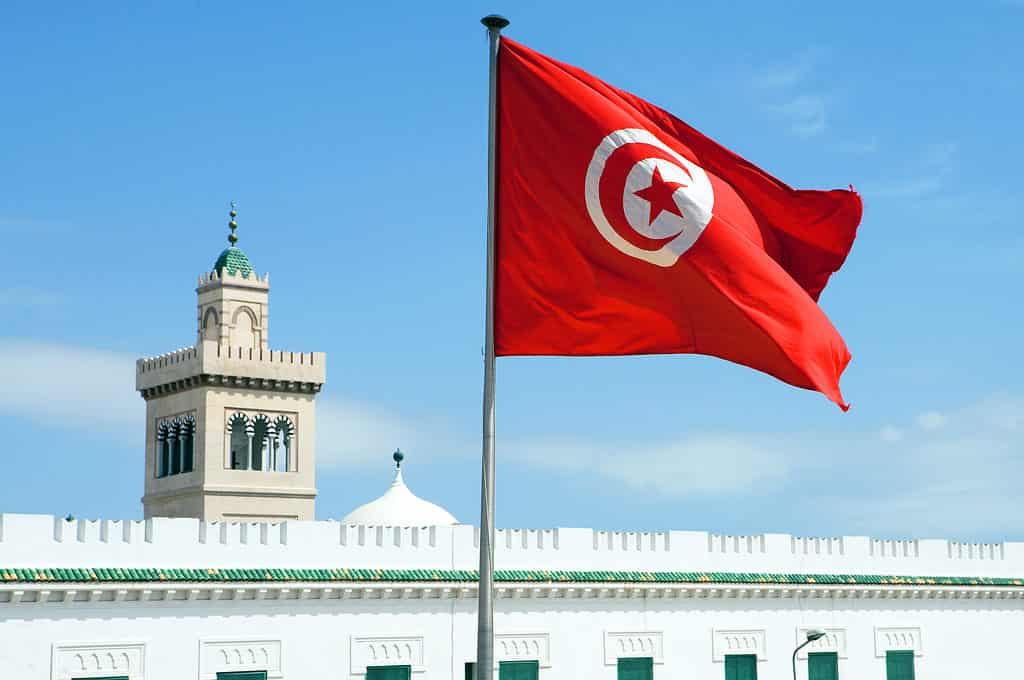
Tunis, Town Hall Square, and the Tunisian flag: The ancient capital today grapples with a host of issues, including social unrest and political instability.
©Gimas/Shutterstock.com
Founding Date
Unknown, but likely very old. Some say 9th century BCE, some say 7th century BCE, and yet others say 2nd century BCE.
Tunis’s capital city has been around since antiquity and has ties to the Phoenician, Carthaginian, and Roman cultures. The exact founding date of the city, once known as Carthage, remains elusive due to the Romans’ destruction of its records. When the Romans attacked Carthage, few significant documents were spared, leaving a veil of mystery over the city’s early history. This loss of historical evidence continues to challenge scholars as they piece together the puzzle that is Tunis’ deep past.
Importance in History
Tunis has been a center for trade and one of the most important towns in the Islamic world because it is near the Mediterranean Sea. Many distinct dynasties have called it home, including the Arab Muslims, Carthaginians, Romans, and Hafsids.
Marvels of Architecture
In Tunis, visitors can explore a remarkable blend of history and culture, including ancient Roman baths, historic churches, and majestic palaces. Perhaps most notably, the well-preserved Medina of Tunis stands as a stunning example of Islamic urban design. Thought to be one of the best-preserved examples of its kind, the Medina is a testament to the city’s rich tapestry of influences and its enduring significance as a crossroads of civilizations.
Cultural Insights
Tunis’s history is a mash-up of Phoenician, Roman, Islamic, and Andalusian influences. They have all contributed to the city’s distinctive and prosperous status. Agriculture, industry, tourism, and enterprises such as textiles and electrical all contribute significantly to the city’s economy.
Adaptation and Evolution
Tunis combines its ancient history with modern challenges and opportunities. It faces economic and social problems, but it still stands as a symbol of Tunisia’s diverse past.
Conclusion
We’ve traveled through time, unraveling the mysteries of the world’s oldest capital cities. We’ve experienced their architectural marvels, historical significance, and cultural continuities that intertwine to build the fabric of human civilization. From Damascus’ ageless crossroads to Tunis’s distinct blend of influences, each capital city provides insight into the durability and evolution of cultures over millennia. These capital cities are more than just embodiments of history. Instead, they are part of the ongoing present. They continue to absorb change without losing what makes them who they are. Symbols of a long-lasting connection that links the present with echoes of the past, they remind us of the very human history we all share.
Summary of the 11 Oldest Capital Cities in the World
| Rank | Capital City Name | Country | Founding Date |
|---|---|---|---|
| 1 | Damascus | Syria | Between 10,000 and 8000 BCE |
| 2 | Athens | Greece | 3000 BCE |
| 3 | Jerusalem | Israel/Palestine | Between 3000 and 2000 BCE |
| 4 | Beirut | Lebanon | 3000 BCE |
| 5 | Lisbon | Portugal | 1200 BCE |
| 6 | Beijing | China | 1100 BCE |
| 7 | Yerevan | Armenia | 800 BCE |
| 8 | Rome | Italy | 753 BCE |
| 9 | Delhi | India | 600 BCE |
| 10 | Cairo | Egypt | 969 CE, but likely older |
| 11 | Tunis | Tunisia | Unknown, but between 800 to 100 BCE |
Thank you for reading! Have some feedback for us? Contact the AZ Animals editorial team.

